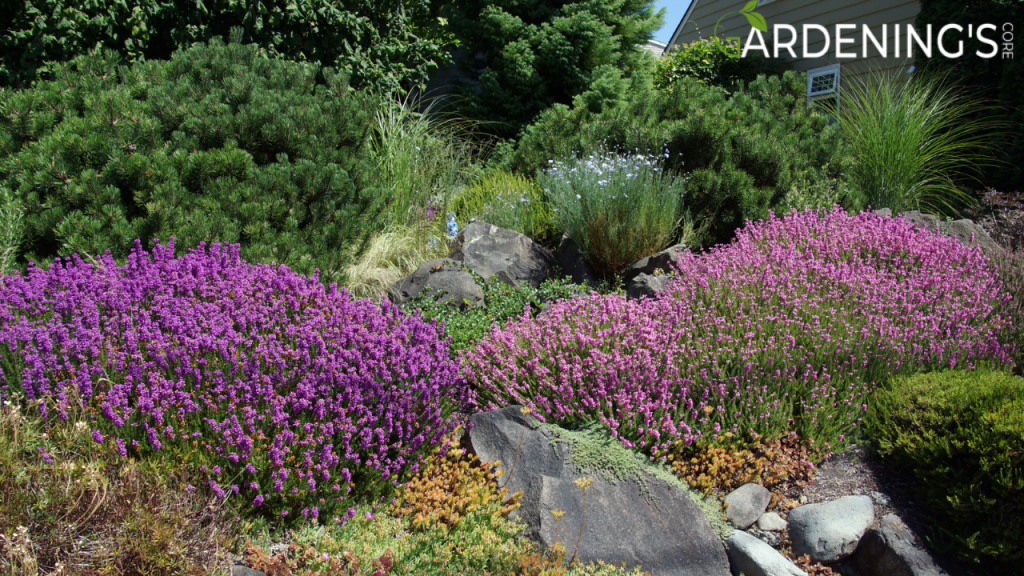Gardening enthusiasts know that selecting the right plants is crucial for a flourishing garden, especially in regions with scorching summers. If you’ve experienced drooping leaves and wilted flowers in your garden due to high temperatures, it’s time to explore heat-tolerant plants. Not only do these plants withstand harsh conditions, but they also add beauty and vibrancy to your outdoor space.
In this blog post, we’ll guide you through the world of heat-tolerant plants, highlighting their benefits, and providing practical tips for their care. We’ll also introduce you to some top choices for your garden, complete with descriptions and visual references. Whether you’re a seasoned gardener or just starting, you’ll find valuable insights to create a resilient and stunning garden.
The Importance of Heat Tolerant Plants
Gardening in hot climates presents unique challenges. Traditional plants may struggle to survive in extreme conditions, leading to increased water usage and maintenance efforts. Heat-tolerant plants, however, are designed by nature to thrive in high temperatures, making them an excellent choice for gardeners facing these challenges.
Benefits of Using Heat Tolerant Plants
Heat-tolerant plants offer several advantages. First, they generally require less water, which is crucial in areas prone to drought. By choosing plants that naturally cope with heat, you can reduce your garden’s environmental impact while saving on water bills.
Secondly, these pl ants often demand less maintenance. Their resilience means they can thrive with minimal intervention, freeing up your time to enjoy your garden rather than constantly tending to it.
Lastly, heat-tolerant plants provide year-round enjoyment. Many species bloom despite the heat, ensuring your garden remains vibrant and colorful even during the hottest months.
Top 10 Heat Tolerant Plants for Your Garden
1. Lantana

Lantana is a favorite among gardeners in hot climates. This plant produces clusters of brightly colored flowers that attract butterflies. With varieties ranging from yellow to red, lantana adds a burst of color to any garden. It’s also drought-tolerant and thrives in full sun.
2. Lavender

Known for its soothing fragrance, lavender is not just a pretty plant. It’s incredibly heat-tolerant and thrives in well-drained soil. Lavender’s purple blooms can turn your garden into a fragrant oasis, attracting bees and other pollinators.
3. Agave
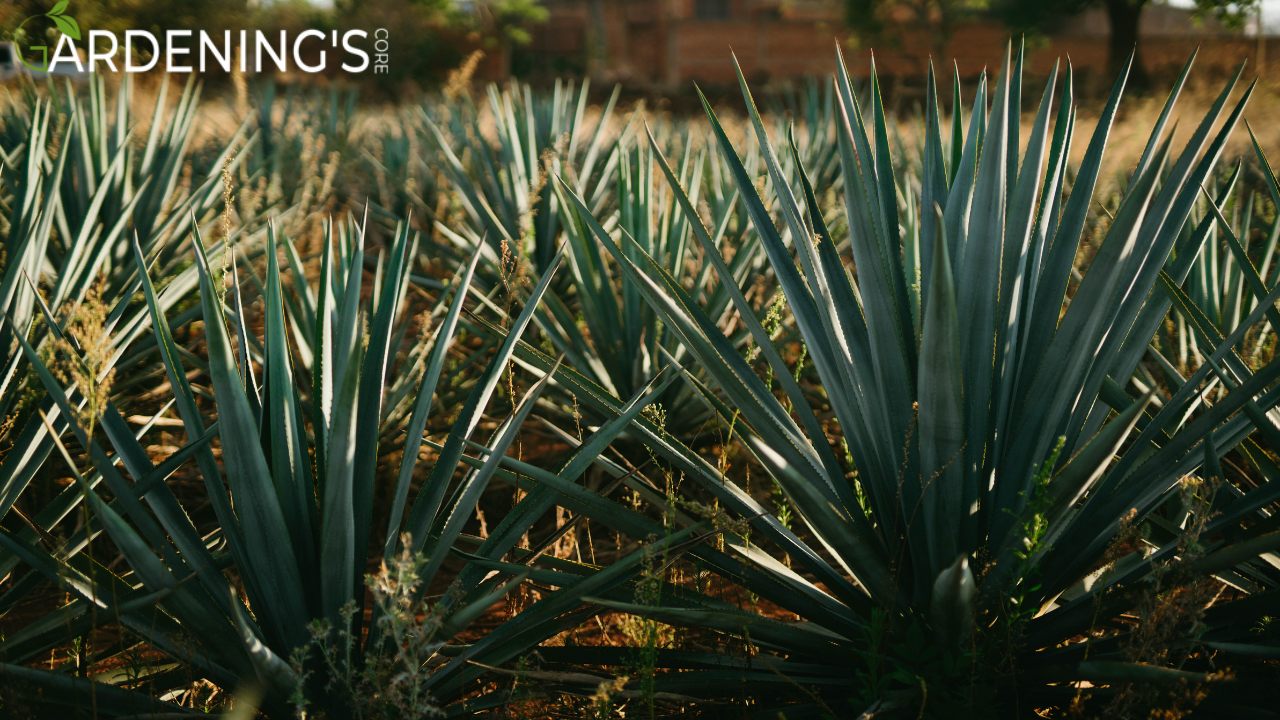
Agave plants are succulents that store water in their thick leaves, making them highly drought-resistant. They come in various sizes and colors, adding a dramatic and architectural element to your garden. Plus, they’re low-maintenance and require very little care.
4. Bougainvillea

Bougainvillea is a vigorous climber that produces vibrant bracts in shades of pink, purple, red, and orange. This plant is perfect for covering walls or fences and thrives in hot, dry conditions. Just ensure it has plenty of sunlight and minimal water.
5. Coneflower (Echinacea)

Coneflowers are not only beautiful but also incredibly resilient. Their daisy-like blooms come in various colors, including pink, purple, and white. Coneflowers attract pollinators and are perfect for adding a touch of wild beauty to your garden.
6. Oleander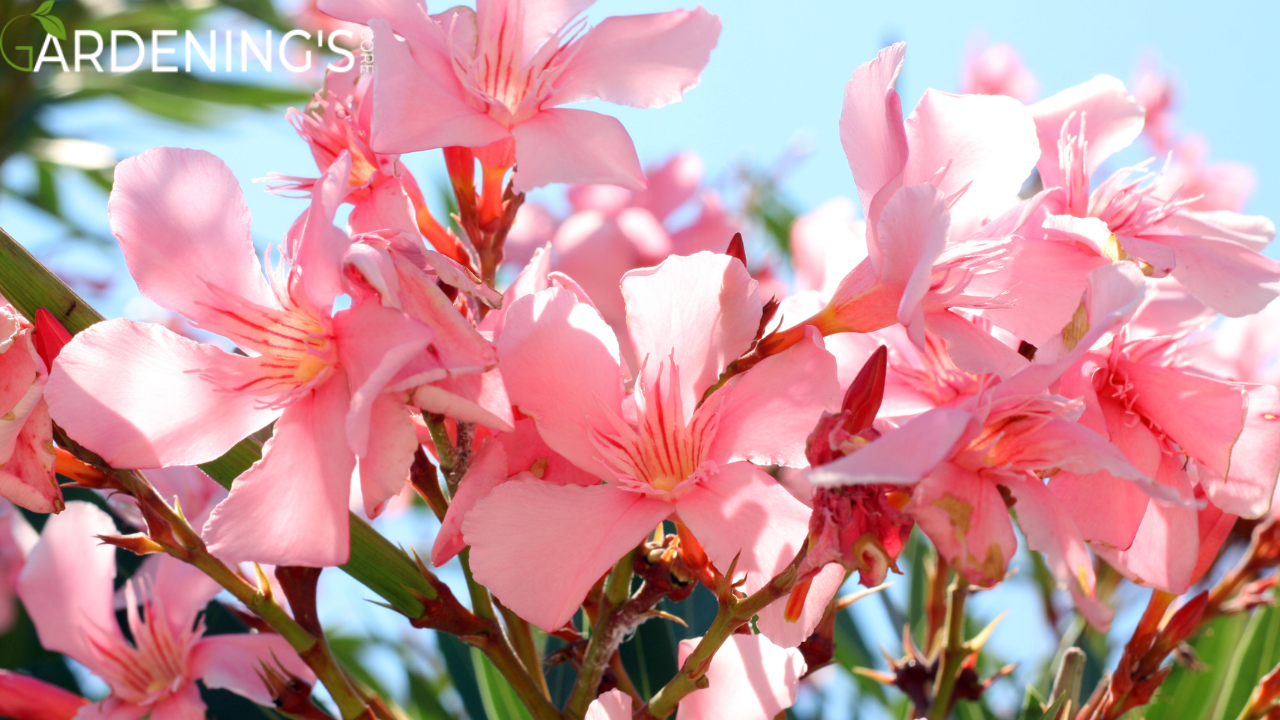
Oleander is a hardy shrub that produces clusters of flowers in various colors. It’s an excellent choice for hedges or standalone plants. Oleander thrives in hot climates, but be cautious as all parts of the plant are toxic if ingested.
7. Rosemary
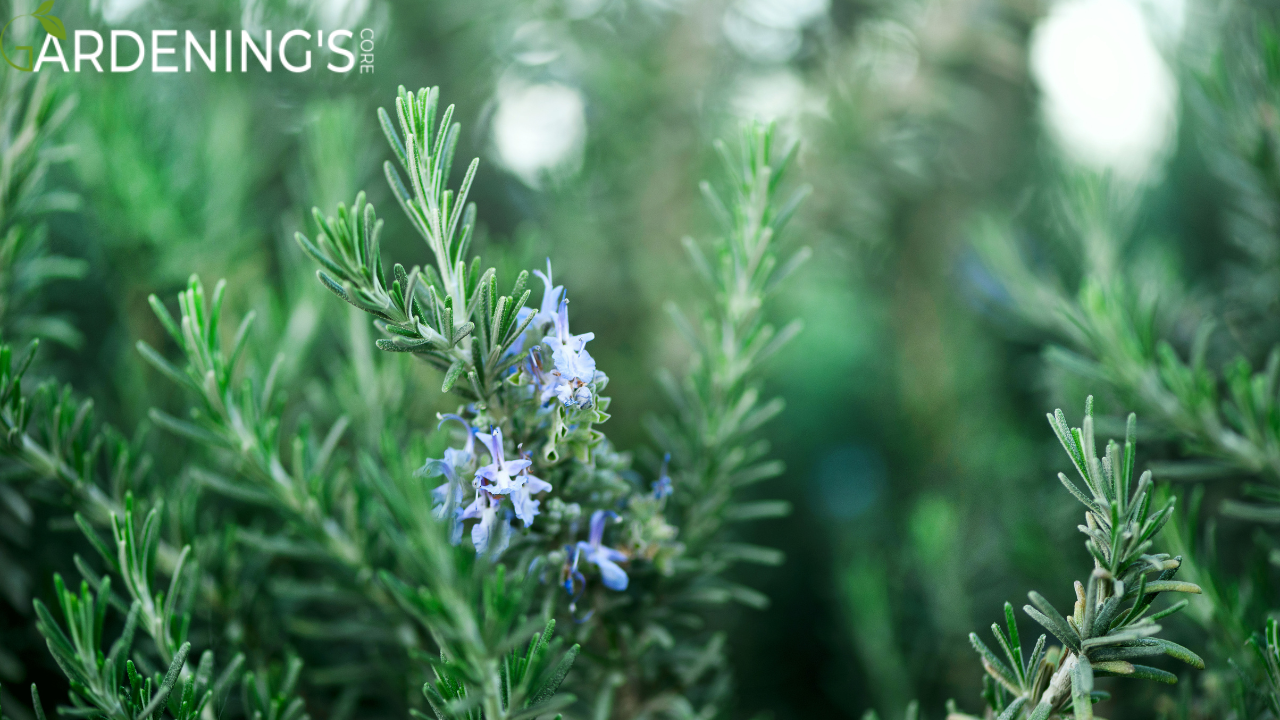
Rosemary is an aromatic herb that’s not only useful in the kitchen but also a tough garden plant. It prefers full sun and well-drained soil, making it ideal for hot and dry conditions. Plus, its fragrant needles and small blue flowers attract pollinators.
8. Daylily
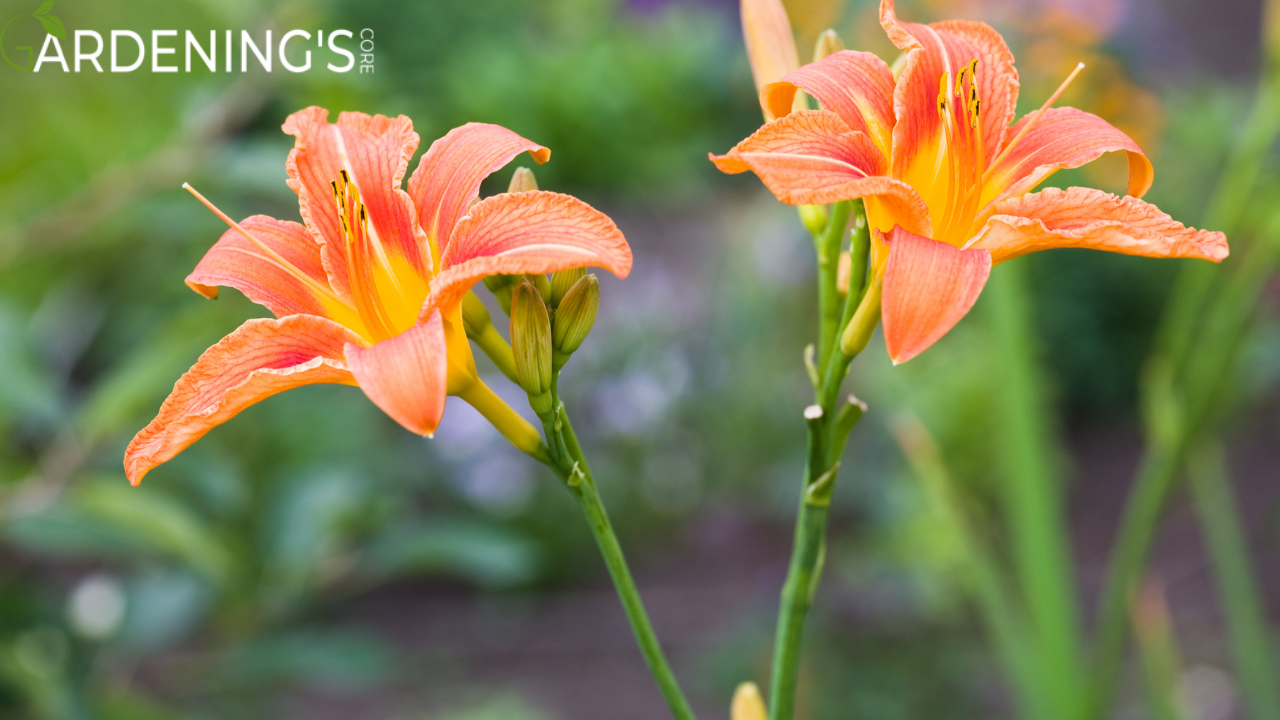
Daylilies are known for their vibrant flowers that bloom profusely in the summer. They come in a multitude of colors and are highly adaptable to various soil types. Daylilies are low-maintenance and can withstand both heat and drought.
9. Salvia
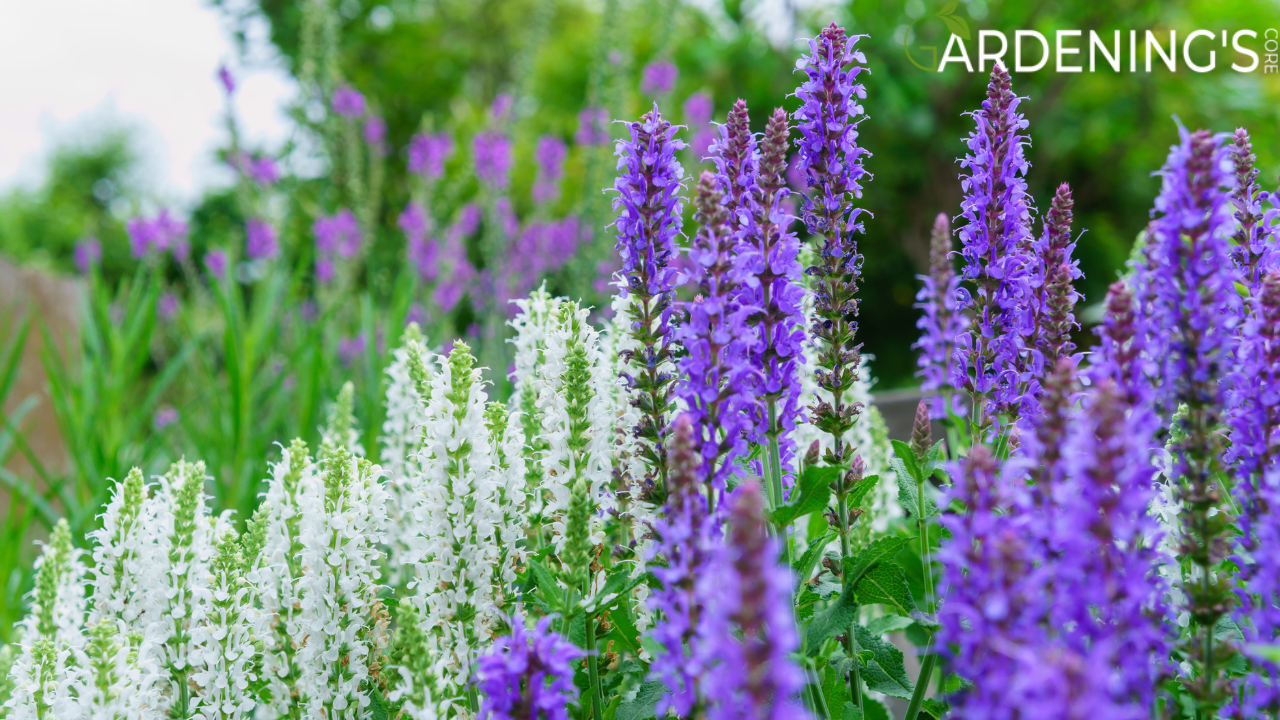
Salvia, or sage, is a versatile plant with species that vary widely in appearance. Most varieties produce spikes of flowers that attract hummingbirds and bees. Salvias are heat-tolerant and thrive in well-drained soil and full sun.
10. Yucca
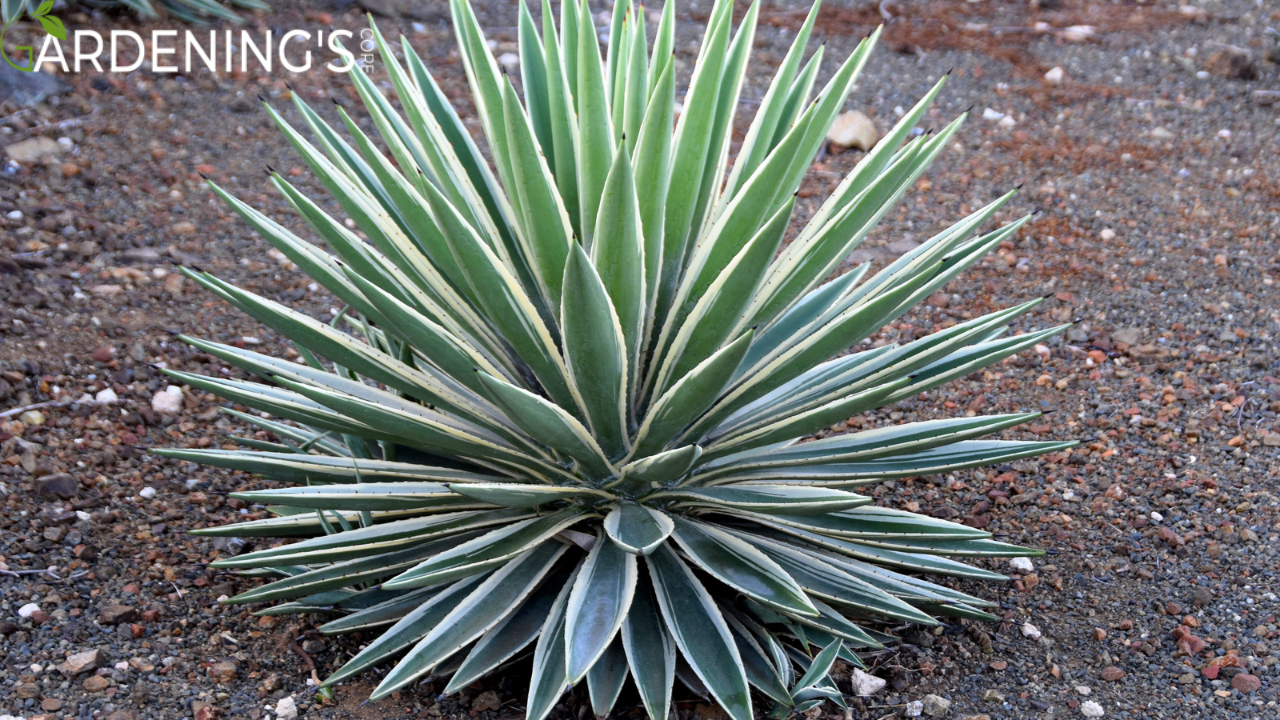
Yucca plants are striking with their spiky leaves and tall flower stalks. They’re highly drought-resistant and can handle extreme heat. Yuccas are perfect for adding a desert-like feel to your garden and require minimal care.
Practical Tips for Growing Heat Tolerant Plants
Soil Conditions
Heat-tolerant plants generally prefer well-drained soil. Before planting, amend your garden bed with organic matter to improve drainage and fertility. Raised beds can also help in areas with poor soil quality.
Watering Schedule
While heat-tolerant plants require less water, it’s crucial to establish them with regular watering. Once established, reduce watering frequency but ensure deep watering sessions to encourage root growth.
Ideal Planting Locations
Most heat-tolerant plants thrive in full sun, but some, like lavender and rosemary, can tolerate partial shade. Position your plants based on their sunlight requirements to ensure they flourish.
Real-Life Garden Examples
Mediterranean Garden
A Mediterranean-themed garden showcases the beauty and resilience of heat-tolerant plants. Think lavender, rosemary, and agave combined with gravel paths and terracotta pots. This garden style not only looks stunning but also requires minimal water and maintenance.
Wildflower Meadow
Transform a part of your garden into a wildflower meadow with coneflowers, salvias, and daylilies. This naturalistic approach attracts pollinators and provides a colorful, low-maintenance landscape.
Succulent Oasis
Create a striking succulent garden with yuccas, agaves, and other drought-resistant plants. Use rocks and pebbles as mulch to enhance the desert-like appearance and reduce water evaporation.
Conclusion
Heat-tolerant plants are a fantastic addition to any garden, especially in hot climates. They offer numerous benefits, from reduced water usage to low maintenance and year-round beauty. By incorporating these resilient plants into your garden, you can create a vibrant and sustainable outdoor space.
Ready to transform your garden? Explore our selection of heat-tolerant plants and join our community of gardening enthusiasts. Share your experiences and tips, and let’s grow beautiful gardens together!

